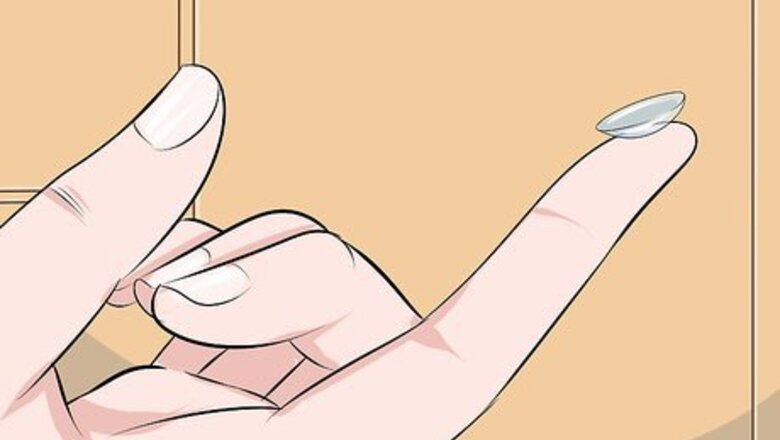
views
Performing the “U” Test
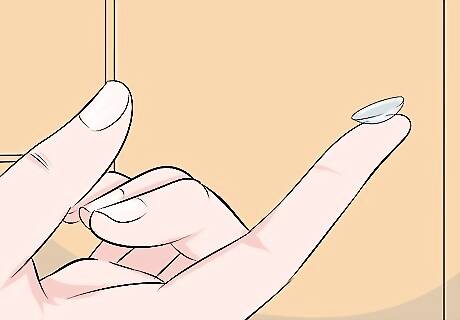
Place the contact lens on your finger. The rounded side should be downward, touching your finger. If it looks kind of like a bowl or a cup on your finger, you have it in the right orientation. If it looks like a dome, with the rounded side up, you have the contact lens flipped the wrong way. If you can’t keep the lens even, try placing it on your palm instead.
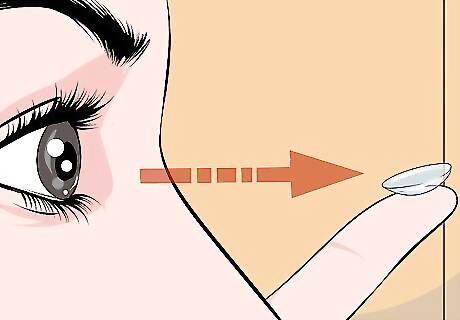
Hold the lens at eye level. Seeing the lens at the correct angle is paramount. Viewing from different angles can play tricks on your eyes, especially because you need the contact lens to see correctly. Look at it directly from the side.
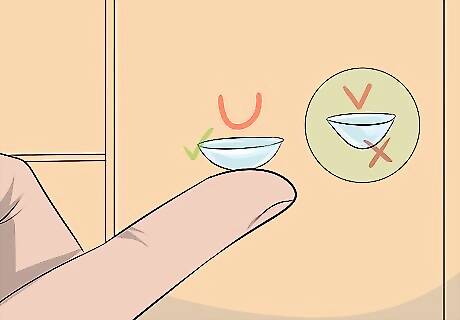
Look for the “U”. When the contact lens is correctly oriented, it should have a fairly rounded appearance. It should resemble a wide letter “U”. When it’s inside out, however, it will resemble a “V” more than a “U”. Look for flaring at the edges. The lower part of the lens may be deceiving, but the edges themselves will look stretched towards the sides if the lens is inside out. If the lens seems wider at the top, and the lines aren’t straight, it’s likely inside out.
Performing “The Taco Test”

Place the lens between your forefinger and thumb. Adjust your fingers so they are towards the inside portion of the contact lens, and are not covering or touching the edges. There needs to be enough room for the contact lens edges to move.
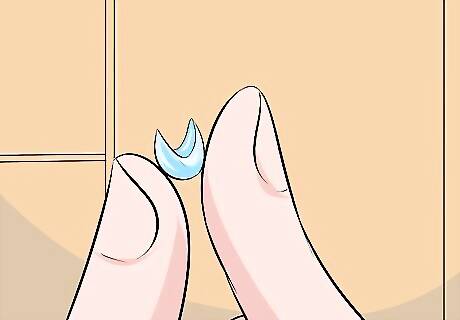
Gently squeeze the lens. Be sure not to smash the lens. The point is not to test the integrity of the lens, or the limits to which it will bend. You just want to see what shape it makes when you bend it.
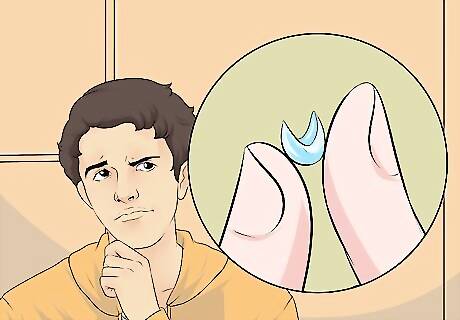
Study the lens. If the edges point straight upward, like the eponymous taco, it is correctly aligned. If they squeeze or round outward, like the head of a vase, then the lens is inside out and should be reversed. If you squeeze very tightly, a correctly oriented contact lens will bow enough the edges will curve towards one another.
Checking the Lens Quickly
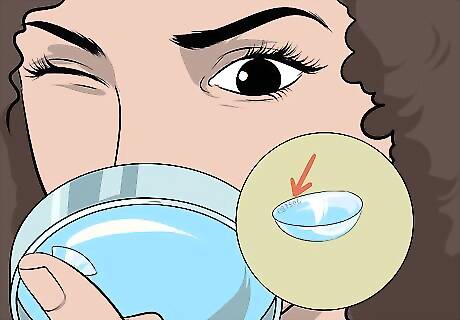
Look for laser etching. Some lens manufacturers laser etch small numbers into their lenses that make this process even easier. Set the lens on your forefinger, rounded side down. Simply look for the numbers when viewing the lens from the side. If they are right-side up, the lens is oriented correctly.

Check for edge coloring. If you have a tinted lens, there will be a specific look to it if it’s inverted. Hold the lens on your fingertip and lower your hand. From there, look downward. If the edge is tinted in a blue or green color, which is dependent on the type of tint in the lens, then it’s in the right position. If the edges look like another color, they are inverted.
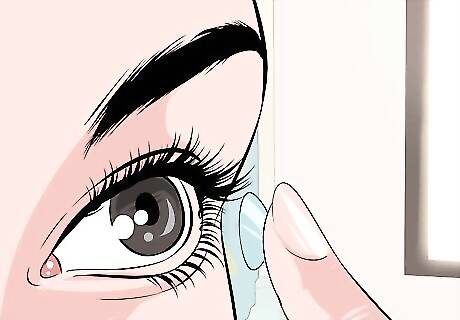
Put the lens in. If none of the other tests make it clear, you might have to insert the contact lens as it is. Unless you’re brand new to contact lenses, there will be a definite change in feel when a contact lens is inserted inside out. It will feel irritable, itchy, and uncomfortable. There may be a bit of confusion, however, because similar irritability can occur with a dirty lens that is inserted properly.



















Comments
0 comment